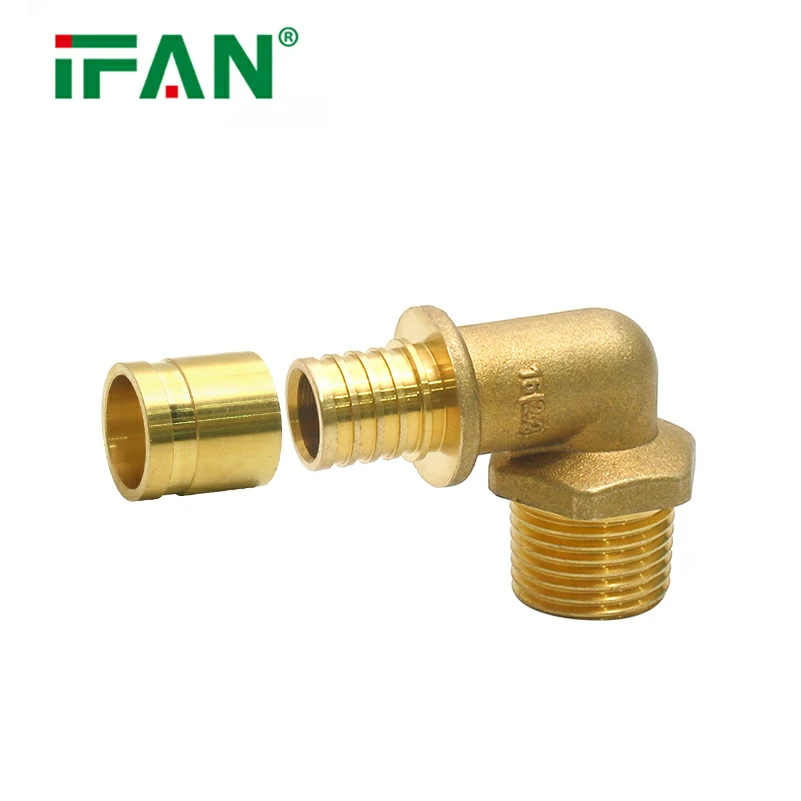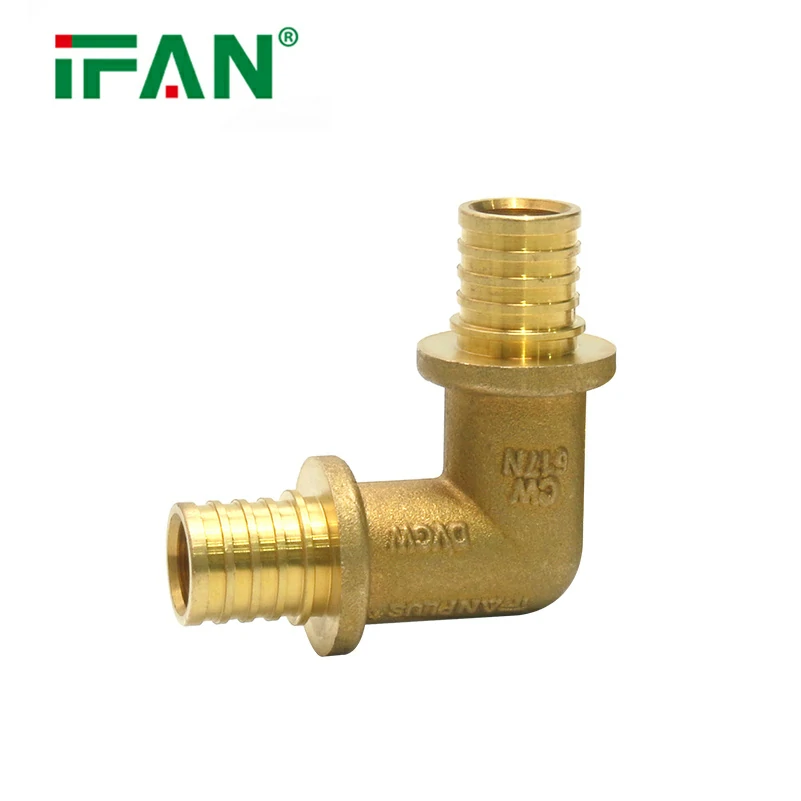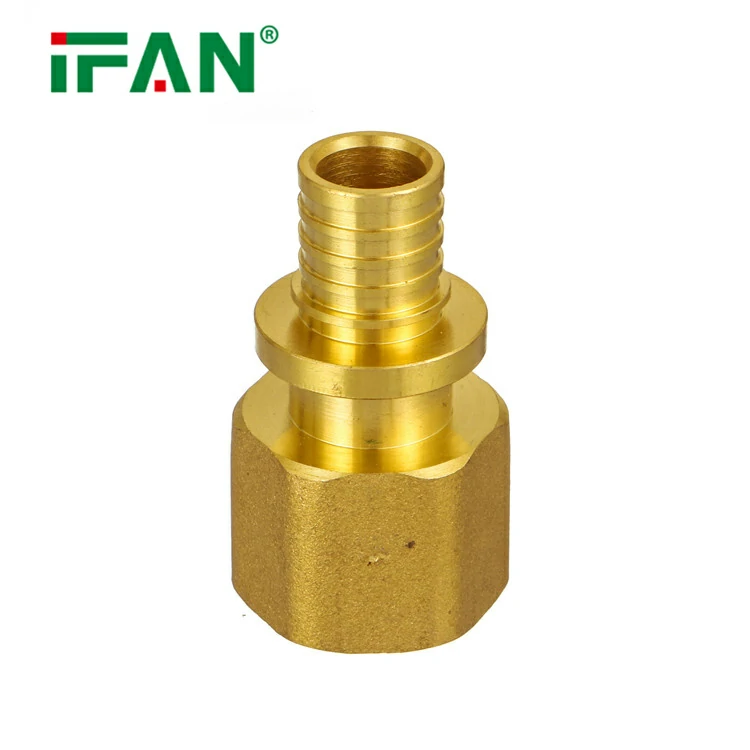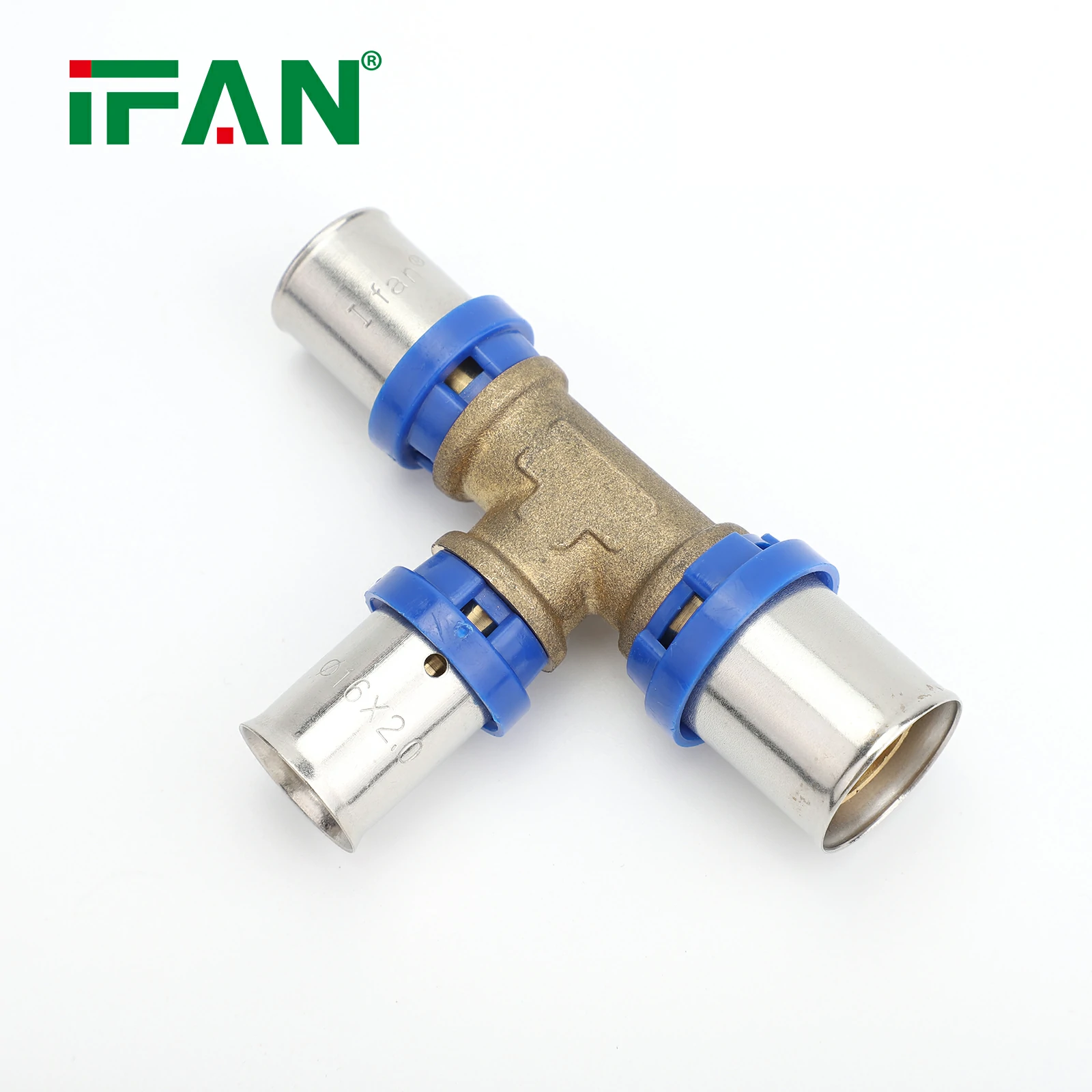Introduction
When it comes to plumbing choices for your cottage or cabin, two materials often come to mind: PEX (crosslinked polyethylene) and copper. Each has its unique advantages and disadvantages, making the decision a significant one for homeowners and builders alike. However, as the plumbing industry evolves, another contender has emerged in the market: PPR (Polypropylene Random Copolymer) pipes. This article will explore the differences between PEX and copper pipes, while also highlighting the benefits of PPR pipes, especially in cottage applications.
Understanding PEX and Copper Pipes
What is PEX Pipe?
PEX is a flexible plastic piping system that has gained popularity in residential plumbing due to its ease of installation and resistance to corrosion. It is available in various sizes and can be used for both hot and cold water supply lines. PEX is particularly favored for its ability to bend around corners, reducing the need for fittings and joints.
What is Copper Pipe?
Copper piping has been a staple in plumbing for decades. Known for its durability and reliability, copper is resistant to corrosion and can handle high temperatures, making it suitable for both hot and cold water systems. Copper pipes are typically rigid, requiring more fittings and joints, which can increase the complexity of installation.
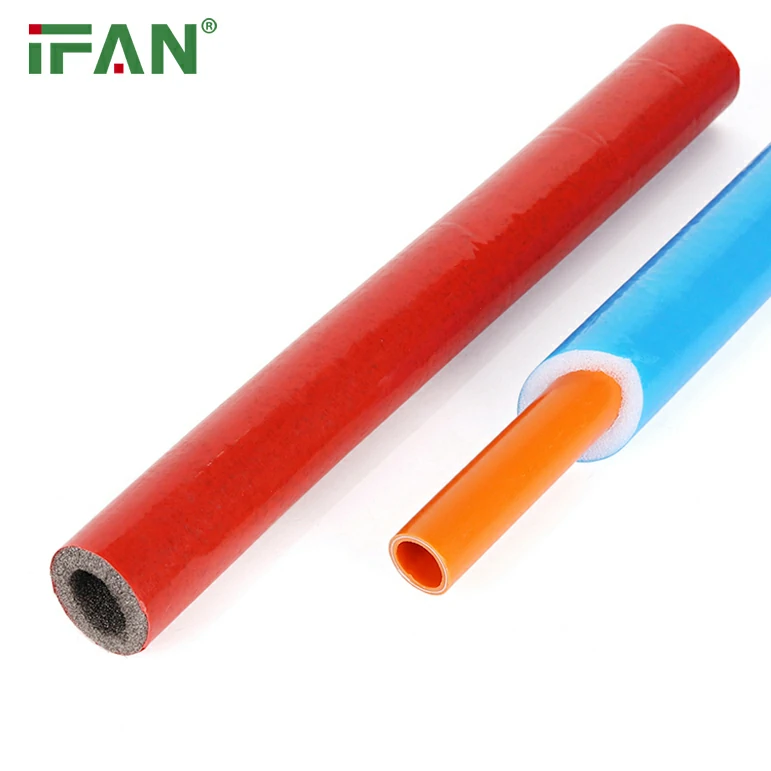
Performance Characteristics
1. Temperature Resistance
PEX: PEX pipes can handle temperatures up to 95°C (203°F) for hot water applications. However, prolonged exposure to high temperatures can weaken the material over time.
Copper: Copper pipes are highly resistant to heat and can handle temperatures exceeding 100°C (212°F). This makes copper a preferred choice for high-temperature applications, such as hot water systems.
2. Pressure Rating
PEX: PEX pipes are rated for pressures up to 160 psi at 23°C (73°F). This pressure rating is suitable for most residential applications, including cottages.
Copper: Copper pipes also have high pressure ratings, generally exceeding 200 psi. This makes them suitable for high-pressure applications, ensuring consistent water flow.
3. Flexibility and Ease of Installation
PEX: One of the most significant advantages of PEX is its flexibility. It can be easily bent and shaped, allowing for straightforward installation, especially in tight spaces or complex layouts. This flexibility can reduce the number of joints and fittings, which can lead to fewer potential leak points.
Copper: Copper pipes are rigid, requiring more fittings and joints, which can complicate installation. The need for soldering can also make the installation process more time-consuming and require specialized skills.
4. Corrosion Resistance
PEX: PEX is resistant to corrosion and does not suffer from the same issues as metal pipes. However, it can be affected by UV light and should not be exposed to direct sunlight for extended periods.
Copper: Copper pipes are naturally resistant to corrosion but can develop pinhole leaks over time, especially in areas with acidic water. This can lead to costly repairs and replacements.
Cost Considerations
1. Material Costs
PEX: PEX is generally more affordable than copper. The lower material cost, combined with its ease of installation, can significantly reduce overall project expenses.
Copper: Copper is more expensive than PEX, both in terms of material costs and installation. The need for specialized labor for soldering and fitting can add to the overall expense.
2. Long-term Costs
PEX: While PEX has a lower upfront cost, its lifespan is generally shorter than that of copper. However, the reduced labor costs associated with installation can offset this disadvantage.
Copper: Copper pipes have a long lifespan, often exceeding 50 years. This durability can make copper a more cost-effective choice in the long run, despite the higher initial investment.
Environmental Impact
1. Sustainability
PEX: PEX is made from petroleum-based materials, which raises concerns about its environmental impact. However, it is recyclable, and advancements in recycling technologies are improving its sustainability profile.
Copper: Copper is a natural metal that is highly recyclable. The recycling process for copper is well-established, and using recycled copper can significantly reduce the environmental footprint of plumbing systems.
2. Longevity
PEX: PEX has a lifespan of about 25-30 years, depending on the conditions of use. While this is adequate for many applications, it is shorter than that of copper.
Copper: Copper pipes can last over 50 years with proper maintenance, making them a long-lasting option for plumbing systems.
PPR Pipes: A Sustainable Alternative
While PEX and copper are popular choices, PPR pipes are emerging as a viable alternative for plumbing systems, especially in cottage applications.
Advantages of PPR Pipes
- Recyclability: PPR pipes are made from polypropylene, a material that is fully recyclable. This makes PPR a more sustainable option compared to PEX.
- Chemical Resistance: PPR pipes are resistant to a wide range of chemicals, making them suitable for various applications, including industrial uses.
- Thermal Insulation: PPR provides excellent thermal insulation, which helps maintain water temperature and can improve energy efficiency in hot-water applications.
- Durability: PPR pipes have a long lifespan, often exceeding 50 years, comparable to copper, but without the corrosion issues associated with metal pipes.
- Ease of Installation: Like PEX, PPR is lightweight and easy to handle, simplifying the installation process. PPR pipes are typically joined using heat fusion methods, which can create strong, leak-free connections.
Conclusion
When choosing between PEX and copper pipes for your cottage plumbing system, it’s essential to consider the specific needs of your application. PEX offers flexibility and lower upfront costs, while copper provides superior temperature resistance and longevity. However, PPR pipes present an excellent alternative, combining sustainability, durability, and ease of installation. Ultimately, the best choice will depend on your priorities, budget, and the unique requirements of your cottage plumbing system.
Frequently Asked Questions (FAQs)
1. What is the main difference between PEX and copper pipes?
The main difference is that PEX is a flexible plastic material, while copper is a rigid metal. PEX is easier to install due to its flexibility, whereas copper is more durable and can handle higher temperatures.
2. Are PEX pipes safe for drinking water?
Yes, PEX pipes are safe for drinking water. They are approved by various health and safety organizations, including the NSF (National Sanitation Foundation).
3. How long do PEX and copper pipes last?
PEX pipes typically last around 25-30 years, while copper pipes can last over 50 years with proper maintenance.
4. Can PPR pipes be used for hot water applications?
Yes, PPR pipes are suitable for both hot and cold water applications and can handle temperatures up to 95°C (203°F).
5. Which plumbing material is more environmentally friendly?
PPR pipes are considered more environmentally friendly due to their recyclability and lower environmental impact compared to PEX, which is made from petroleum-based materials. Copper is also recyclable, but its mining and production processes can have significant environmental consequences.

